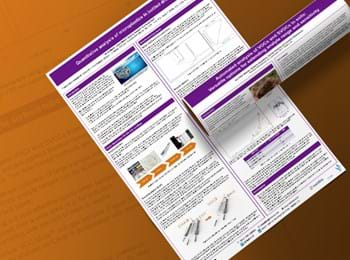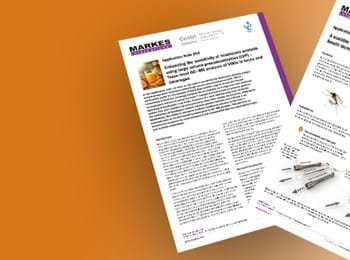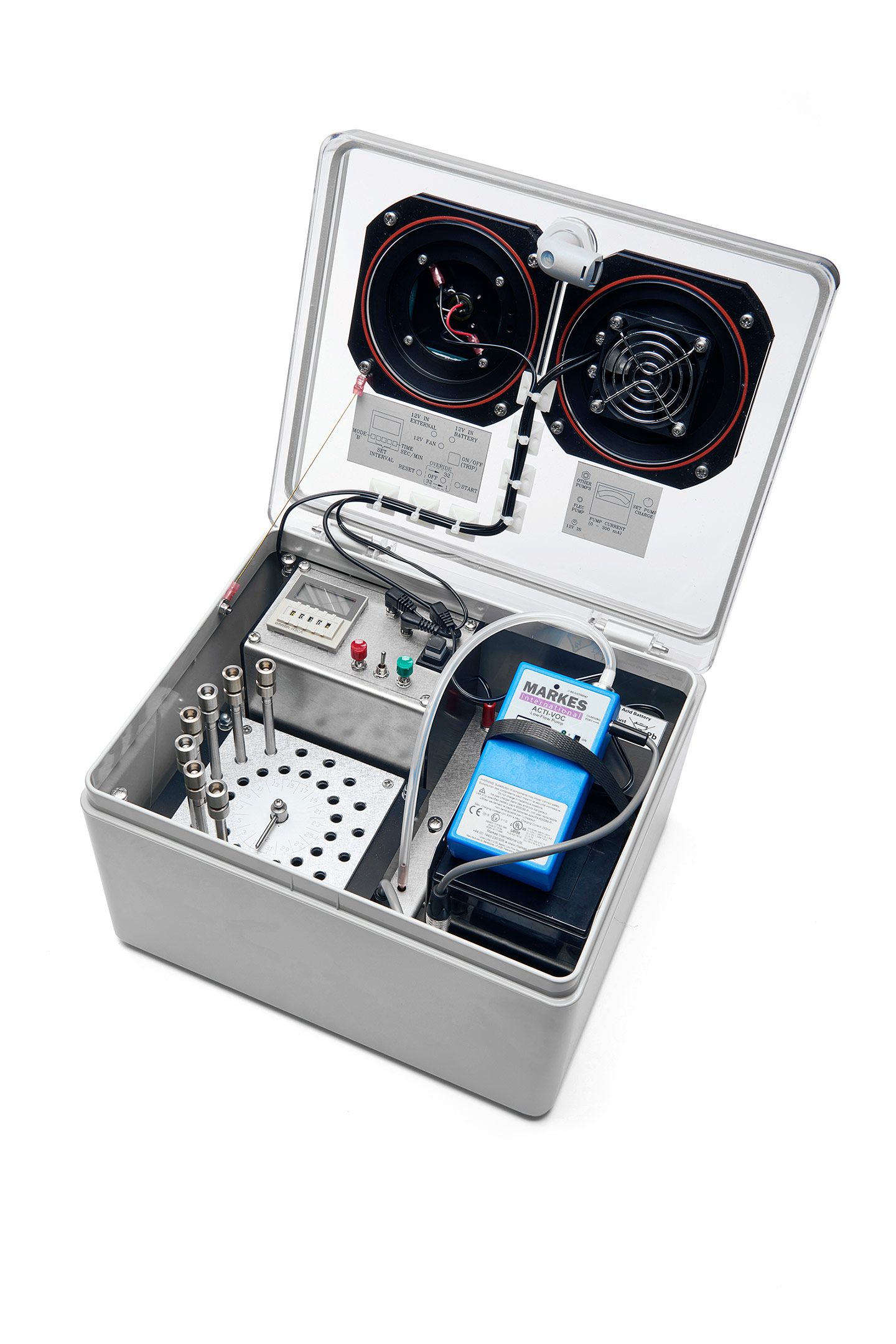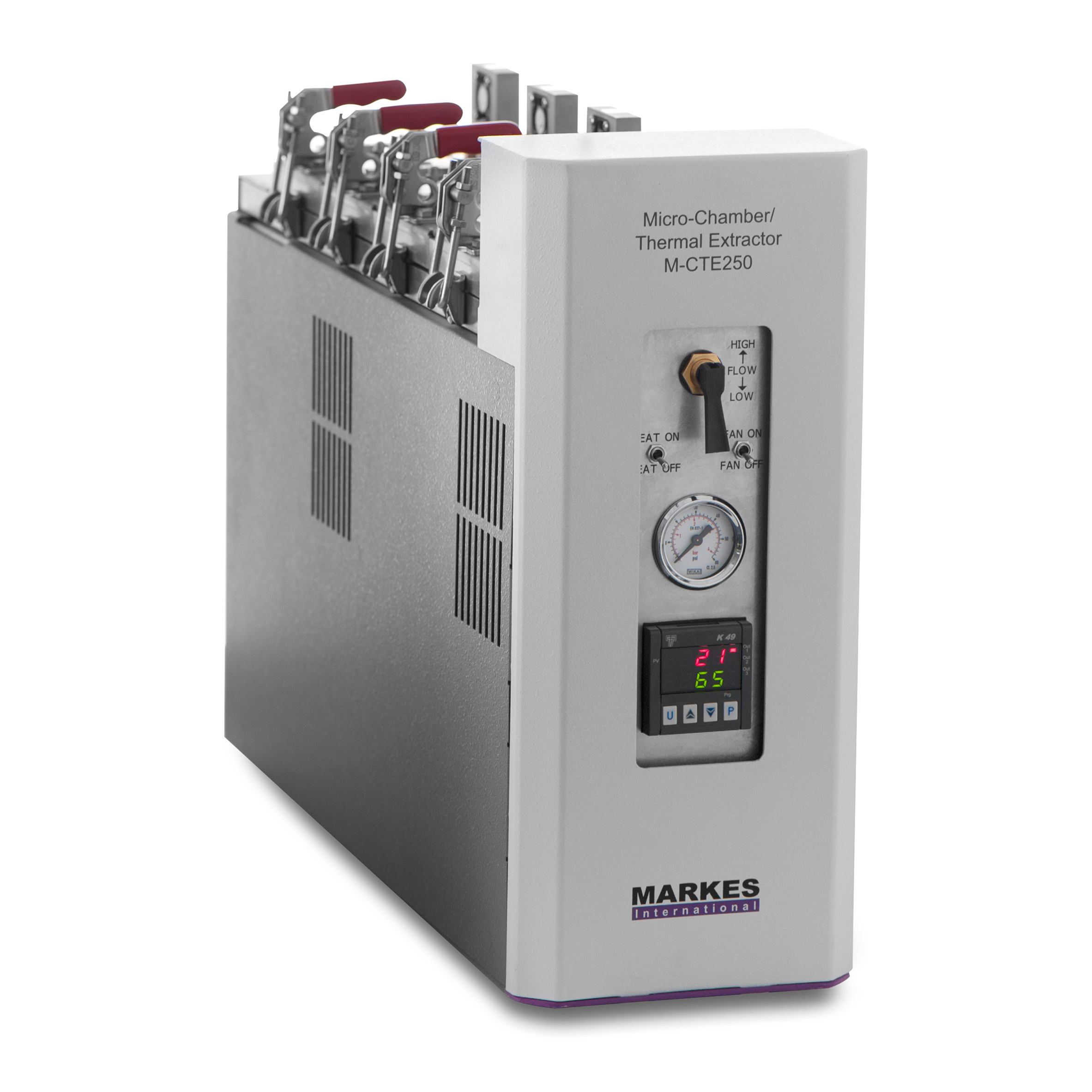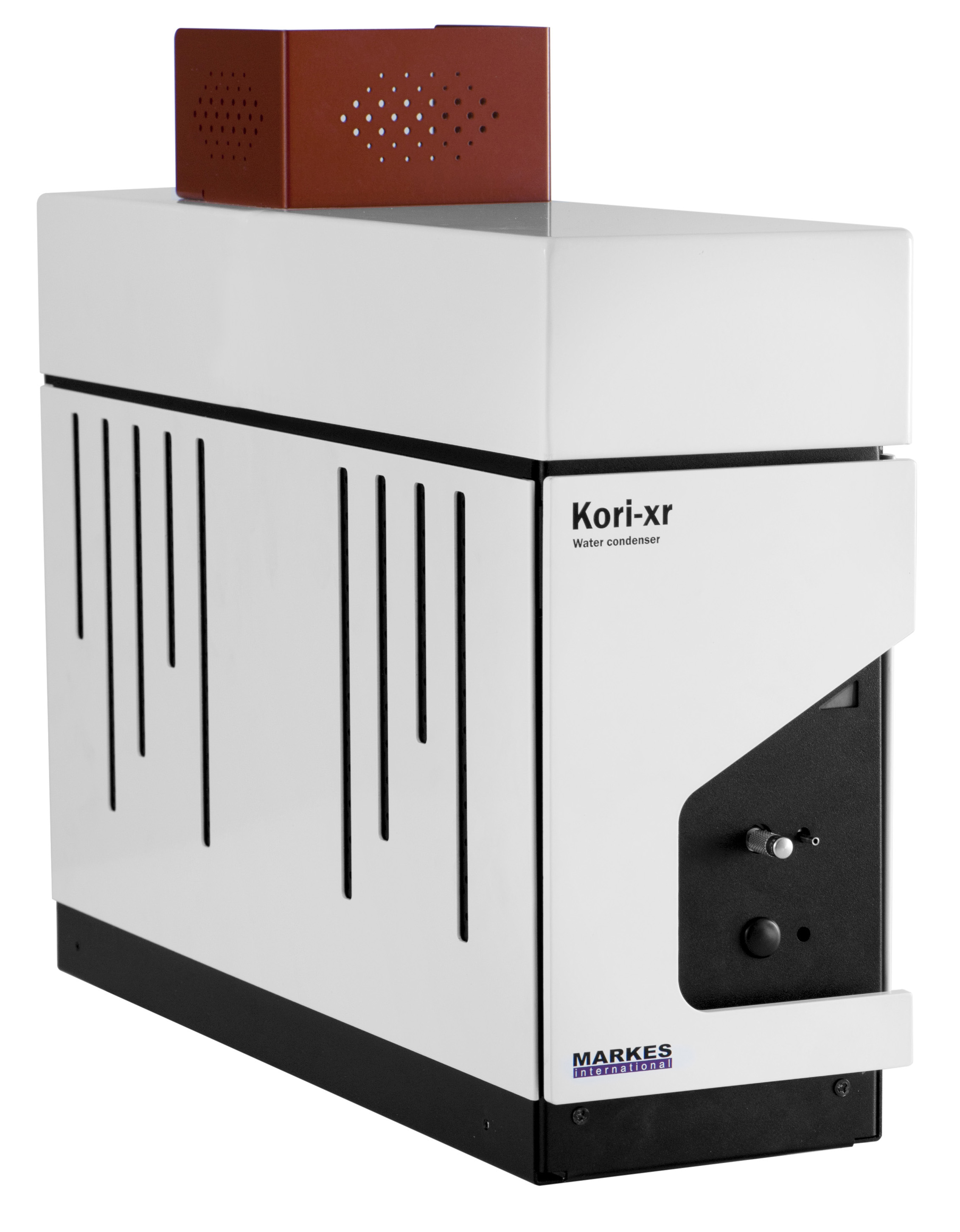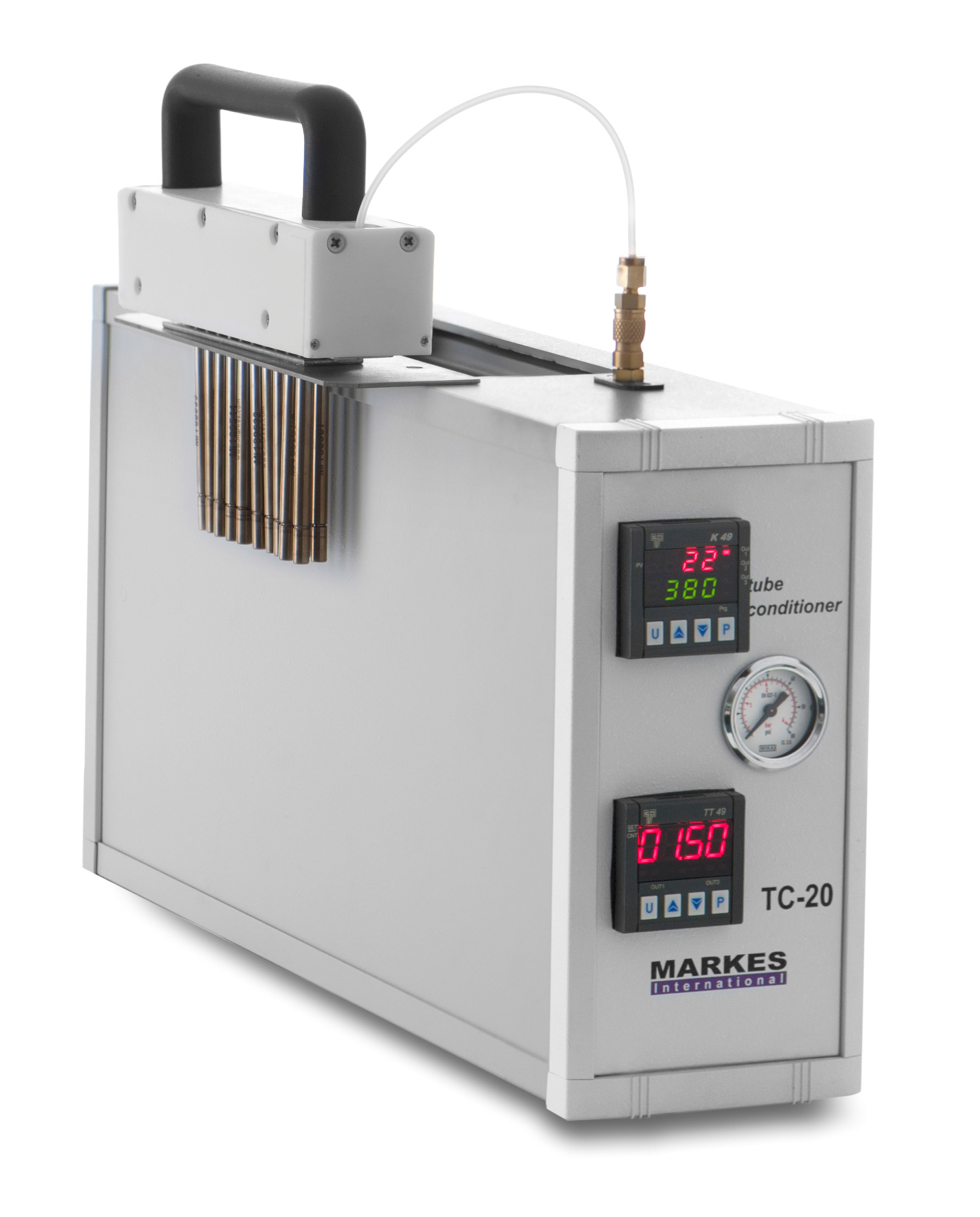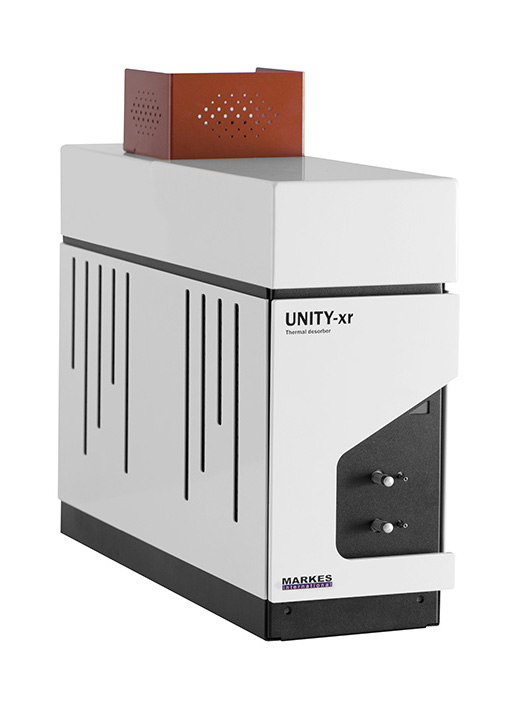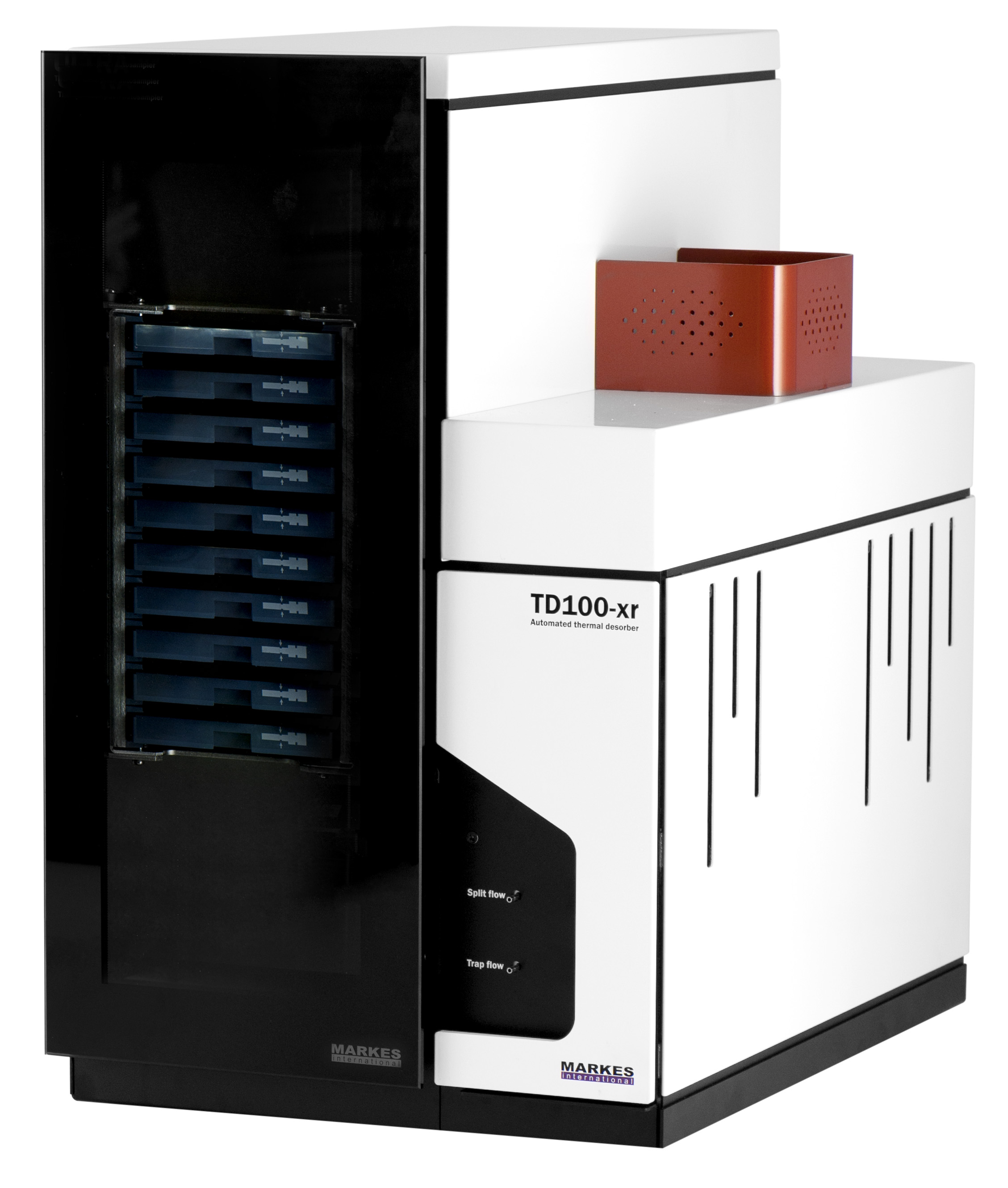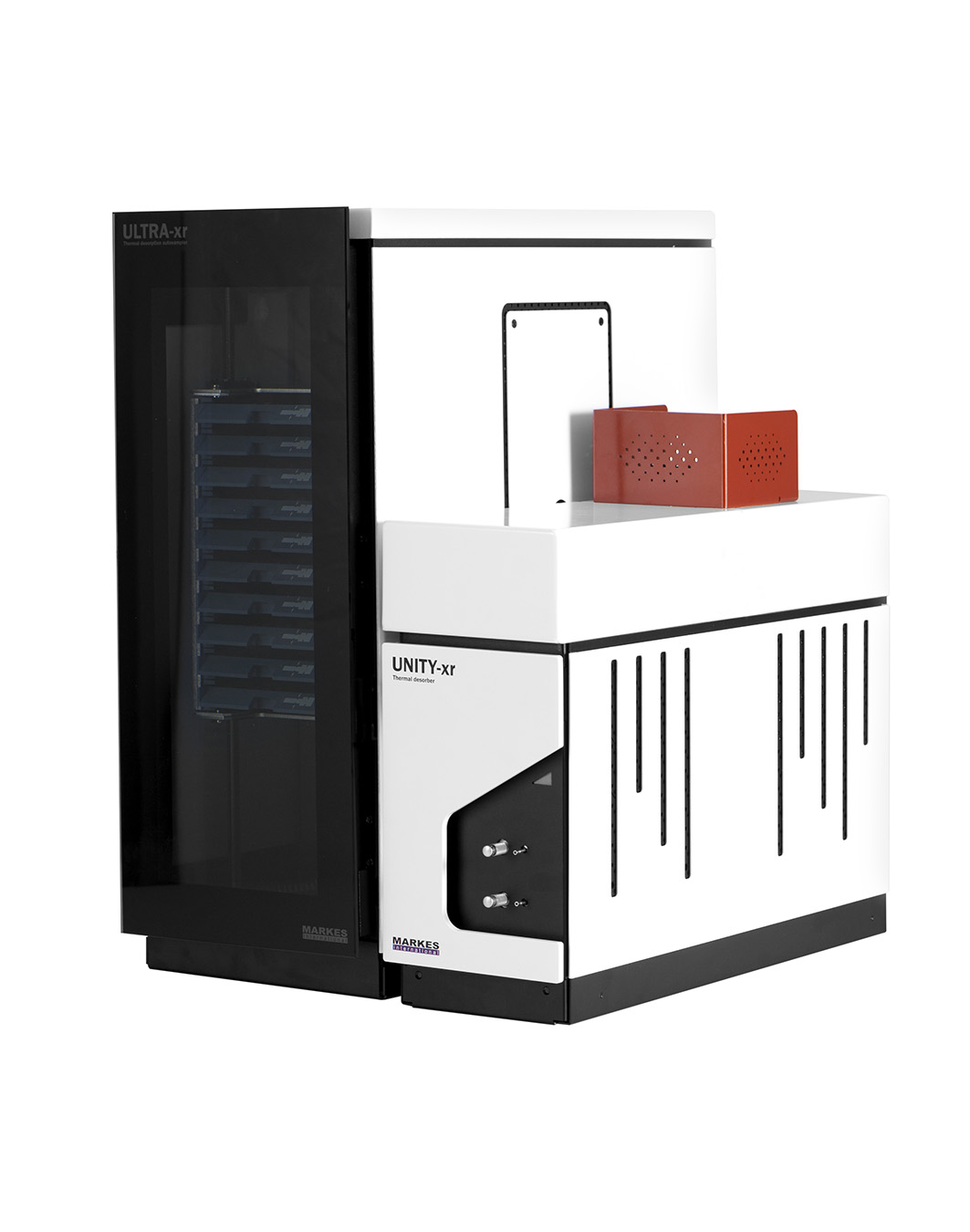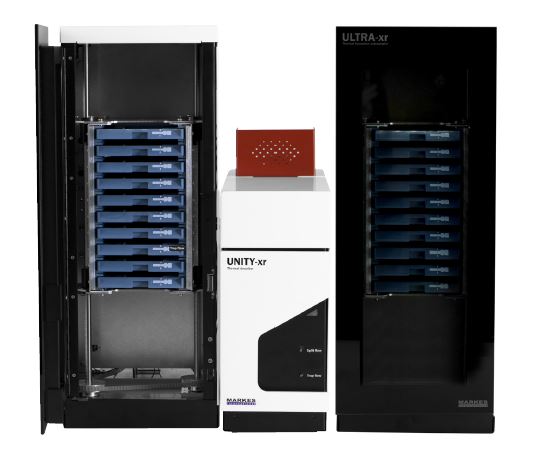Fenceline or perimeter monitoring, using passive or pumped sampling, has long been used to monitor releases of hazardous hydrocarbons from industrial sites such as petrochemical plants, and continues to be important today.
What compounds are monitored at fencelines?
Carcinogenic aromatic hydrocarbons such as benzene, toluene, ethylbenzene and the xylenes are perhaps the most widely regulated group of compounds, and are often used as an indicator for VOC levels more broadly.
However, other compounds may also be relevant in certain circumstances, and these may include alkenes such as butadiene, ozone precursors and ‘air toxics’ (hazardous air pollutants).
Methods used for fenceline monitoring
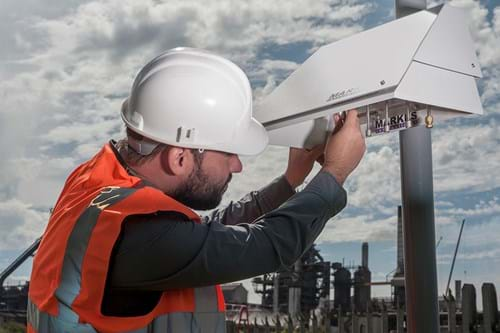
The simplicity of passive sampling onto single-bed sorbent tubes means that multiple samplers can be cost-effectively deployed around a site for long-term monitoring, especially where the range of analytes is relatively narrow.
Alternatively, pumped sampling onto multi-bed tubes is more appropriate where a wider range of compounds and/or concentrations needs to be sampled over a shorter time frame.
Standard methods used for fenceline monitoring
The two most prominent standard methods for fenceline monitoring both use passive sampling, with analysis by TD–GC–MS.
US EPA Method 325 was developed to enable refineries to comply with US federal regulation CFR 40, and requires two-week passive monitoring of VOCs around site perimeters.
Thermal desorption has always been popular for monitoring around the perimeter of industrial plants as a check on the impact of industrial emissions. The simplicity of diffusive monitoring means that 10 or 20 samplers can be cost-effectively deployed around a site, allowing accurate mapping of pollution/contamination levels under different wind and weather conditions.

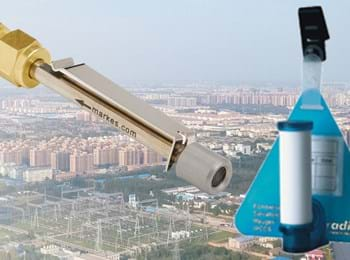


![Markes TD Brochure Hero3 Corepurple[2]](/media/zmscvqds/markes-td-brochure-hero3-corepurple-2.jpg?crop=0.55128205128205132,0,0,0&cropmode=percentage&width=350&height=260&rnd=132399686846500000)
